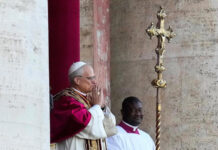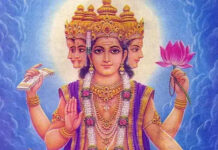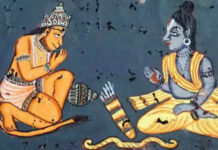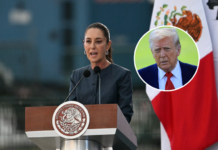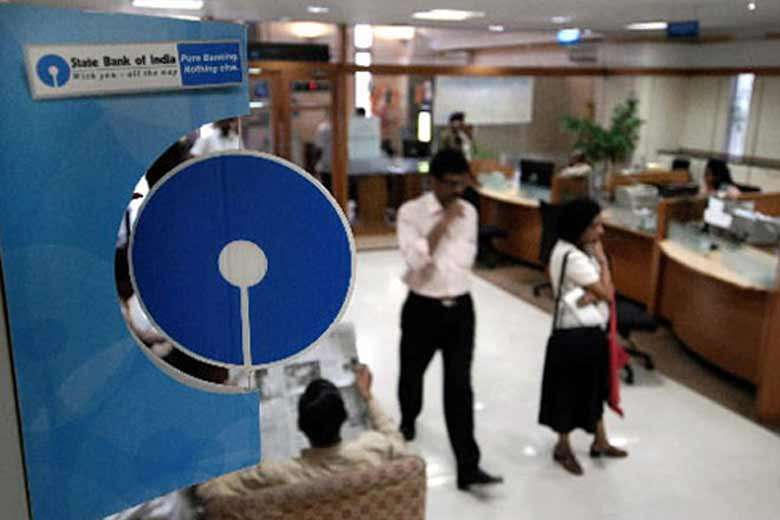July 14, 2016
July 14, 2016
UTTRA PRADESH: The Brahmins of Uttar Pradesh are having a gala time. With assembly elections in the politically-crucial state scheduled to take place early next year, the caste Brahmins are wooed by all major political parties. In last two decades, since the emergence Mulayam-Mayawati politics, Brahmins were never given so much of importance.

Last month, Shiv Pratap Shukla, former member of legislative assembly (MLA) from Gorakhpur was sent to Rajya Sabha by the BJP high command. Shukla, who was Cabinet minister during the Kalyan Singh government was in political exile since 2002, when he was defeated by Gorakhpur MP Mahanth Yogi Adityanath-backed Radha Mohan Das Agrawal.
His sudden political resurrection is seen as an attempt by the BJP to appease upper caste Brahmins, who according to party insiders had been feeling neglected for some time. On 13 June, the BJP announced a jumbo state executive in which Shukla was retained.
On Thursday afternoon, when Congress veteran Sheila Dikshit was named the Congress party's chief ministerial candidate for next year's Assembly polls in Uttar Pradesh, it became even more evident how important the Brahmin factor has become for all the contenders in the upcoming elections.
Dikshit's appointment should not have come as a surprise as weeks ago Congress' poll strategist for Uttar Pradesh, Prashant Kishor mooted the idea to choose a Brahmin face for the upcoming elections.
Dikshit is the daughter-in-law of prominent Congress leader from Uttar Pradesh, Uma Shankar Dikshit, who was a Brahmin face and had served as a union minister and governor for a long time. She had also between 1984 and 1989, represented Kannauj Parliamentary constituency of Uttar Pradesh.
The erstwhile manuwadi-hating BSP supremo Mayawati too is making all efforts to woo Brahmin votes. In the recently-concluded Rajya Sabha elections, Mayawati fielded a Brahmin as one of her party's two candidates. Not to be left behind, the Samajwadi Party has fielded three upper caste candidates out of seven.
The recent love for the Brahmin caste when put across the contempt, inherent in the slogans of BSP supremo till recent years, assumes a comical expression.
From "Tilak, Traju aur Talwar- inko maro jute char" (beat the Brahmins, Banias and Thakurs with shoes) to "Hathi nahin Ganesh hai, Brahma, Vishnu, Mahesh hai", Brahmins have become the darlings of all major political parties in Uttar Pradesh.
After 17 years of unstable governments in Uttar Pradesh, the Bahujan Samaj Party's Mayawati won with a full majority in 2007. The credit for the clear mandate was given to 'social engineering', initiated by Mayawati, which brought Brahmins within its fold, by fielding many Brahmin candidates in the 2007 Assembly elections.
While in 2007, it was Mayawati who grabbed the Brahmin vote through her 'social engineering' formula, in 2012, it was Akhilesh Yadav who used the same Brahmin card as a catalyst to not only to grab more vote share, but also capture the narrative through interesting caste equations. This time also, Samajwadi Party making all efforts to ensure 2012-like victory.
Brahmins, who constitute 10 percent of the population, are a necessary factor for any party to win the elections with a clear mandate. Post-poll surveys after the 2007 election made it clear that only 17 percent Brahmins had voted for the BSP, and that too at those places only where BSP had fielded Brahmin candidates.
This reality of indispensability of the upper caste is understood by all parties and hence the sudden liking for Brahmins and the search for a credible Brahmin face.
Courtesy: PTI









